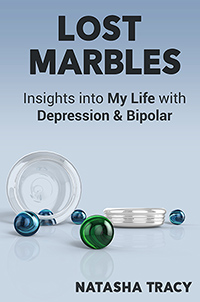What to Do If You Have a Psychiatric Emergency
It’s important to know what to do in the case of a psychiatric emergency. Sure, you could float along with treatment righting every issue before things get really bad. You could catch everything early. You might have a proactive psychiatrist. Or, then again, this may not be your experience. I would argue that people with serious mental illnesses like bipolar disorder are just crises waiting to happen. That’s not anyone’s fault; it’s just the nature of the disease. Thus, knowing what to do when a psychiatric emergency arises is critical. Here are some psychiatric emergency tips and things to think about.
Read More















Recent Comments